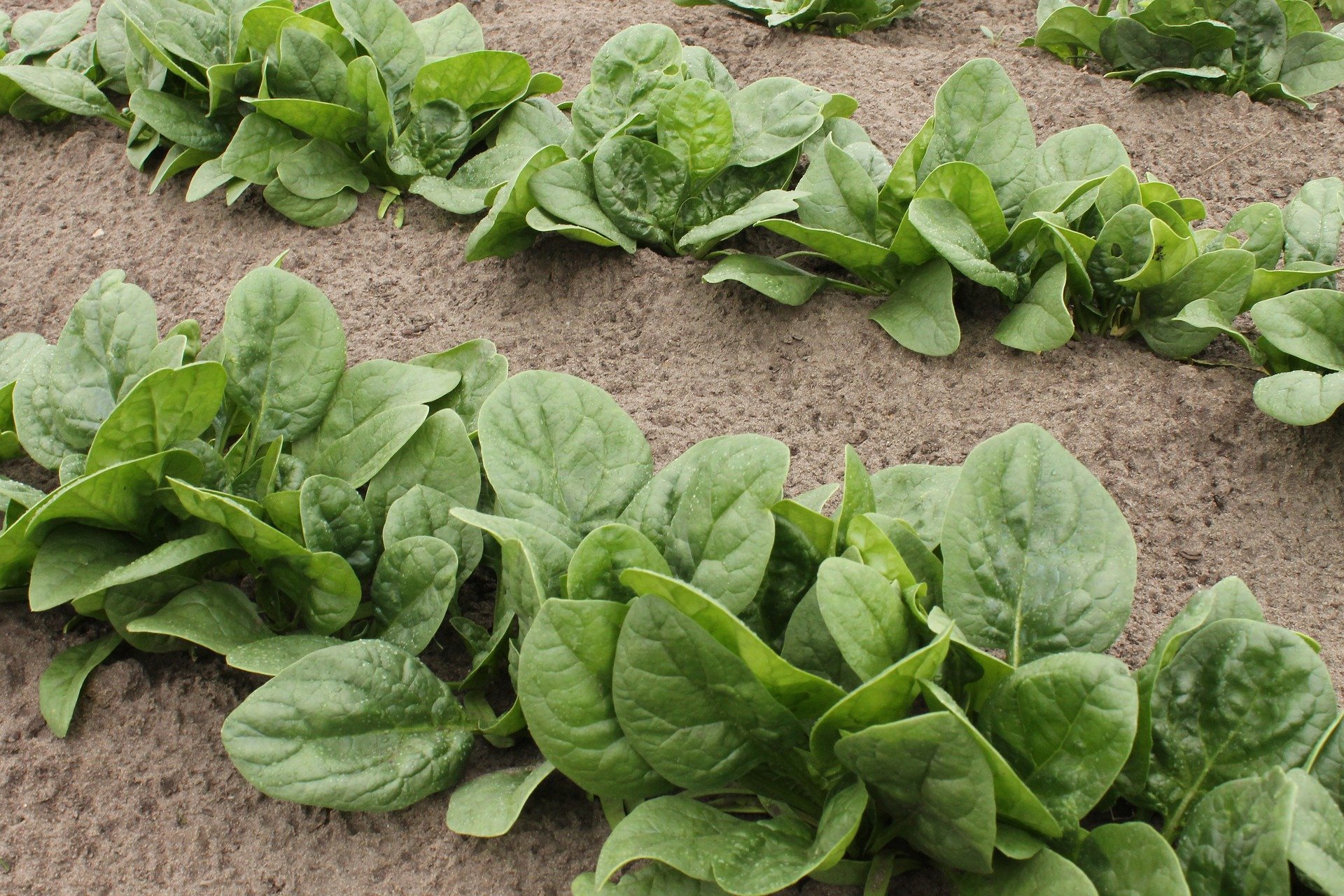Get your veggie garden game on
By Curieux
Scrolling through Instagram it’s clear there is a growing number of influencers with a passion for plants. With extra time from lockdown and Spring in the air, now is the perfect time to act on your desire to start a garden. So the UC Sustainability Club has some hot tips for veggie patch beginners.
While not the most aesthetic component of starting a vegetable garden, the first step to making your dream of having a green thumb a reality, is composting. This is crucial to start a successful and sustainable garden to survive year long.
But why should we compost?
To put it short, to reduce global warming. When you throw your kitchen scraps into the bin, they go into the landfill, decompose and produce the greenhouse gas Methane. So each time you toss away your leftovers you discard valuable resources for plants and add to the greenhouse effect.
Tips to start composting:
If you have a backyard, you can use any shady spot with easy access to create your composting site.
If you live in an apartment or on campus you’ll need to get to know your local community gardeners who will have compost systems you can contribute too. The lovely folks at the UC Sustainability Club are always happy to make use of your scraps!
The essential item for a composting site is the bin or storage system and you want one with a lid that has an open bottom.
To find one to suit your budget have a look at Facebook marketplace, Gumtree, or the Green Shed. Alternatively, join your local buy nothing Facebook page, and find one for free!
If you have no luck, take a trip to your closest Bunnings.
Once you have set up the composting station, it’s time to begin! Keep in mind it may take between 1-3 months to become the beautiful and nutritious compost your garden deserves.
There are two main variables in the composting process. Fresh green material like food scraps or garden clippings and dead brown material such as leaves, straw, cardboard, or paper.
To start composting, mix approximately the same amount of each, adding more browns and mixing it around thoroughly. Your compost should be kept moist but not wet, about the same as a well-wrung sponge.
A common myth about composting is that it smells and the truth is, if your compost is healthy it shouldn’t smell at all. The composting process requires lots of oxygen, which you can add for free by simply mixing the pile up a few times each week.
Once you’ve got your compost going you’re ready to start growing food!
For the Canberra Spring climate, our top veggies to grow are leafy greens (like spinach and lettuce), spring onions and sugar snap peas!
Grow for your kitchen with this vegetable noodle salad
The most satisfying part of a vegetable garden is eating what you’ve grown. It’s all well and good to start growing whatever seems easiest, but growing with a purpose will pay off in the long run.
This vegetable noodle salad can be grown straight from your garden come summer, with only a few bits and pieces from the store.
Start with the core ingredients: spinach, snow peas, carrots, and beansprouts.
Sowing spinach
Ensure to rake the soil into small long ridges and plant along the tops of these ridges.
Use a good supply of compost in the garden bed.
Full sun or part shade (depending on the spinach brand).
Provide three to four light waterings each week.
Growing Snow Snap Peas
Sugar snap peas begin to sprout after ten days.
Find a nice half-shaded or sunny spot to set up a trellis or something for the plant to climb.
Plant in clumps of two to three seeds a minimum of 4cm apart.
Water well once a week.
Carrots from scratch
Start with a seed! Carrots grow best when you start from scratch. Pick up some jiffy pods to use as a seed starter, and plant once they have sprouted.
When it’s time to plant, leave a 15cm gap between seedlings. They like to have space to grow.
Water well once a week.
Beansprouts in a jar
Rinse mungbeans and lentils. Fill 1 quarter of a jar with your rinsed mungbeans and lentils and fill the remaining space with water.
Cover the jar with a cheesecloth and a rubber band for up to 12 hours
Drain the water from the jar and rinse with fresh water.
Your beans are now ready to start sprouting! Leave them sitting on an angle away from sunlight and rinse at least twice a day.
In three to five days your beans will have sprouted. Sit them in the sun for a few hours to finish sprouting.
Vegetable noodle salad
Once all of your vegetables are ready for harvesting you can start cooking!
Ingredients
Fresh veggies from your garden and your newly sprouted beansprouts
350 grams of Singapore noodles
2 tablespoons of soy sauce
3 teaspoons of sesame seeds
1 garlic clove
1 teaspoon sesame oil
Method
Add sesame oil and chopped garlic to a large pan over a medium-high heat and cook until garlic starts to brown.
Add vegetables to the pan and allow to fry slightly. Once your veggies start to fry, add singapore noodles and soy sauce. Cook over a medium heat for 10 minutes or until vegetables are fulling cooked.
Toss in sesame seeds and serve warm.





